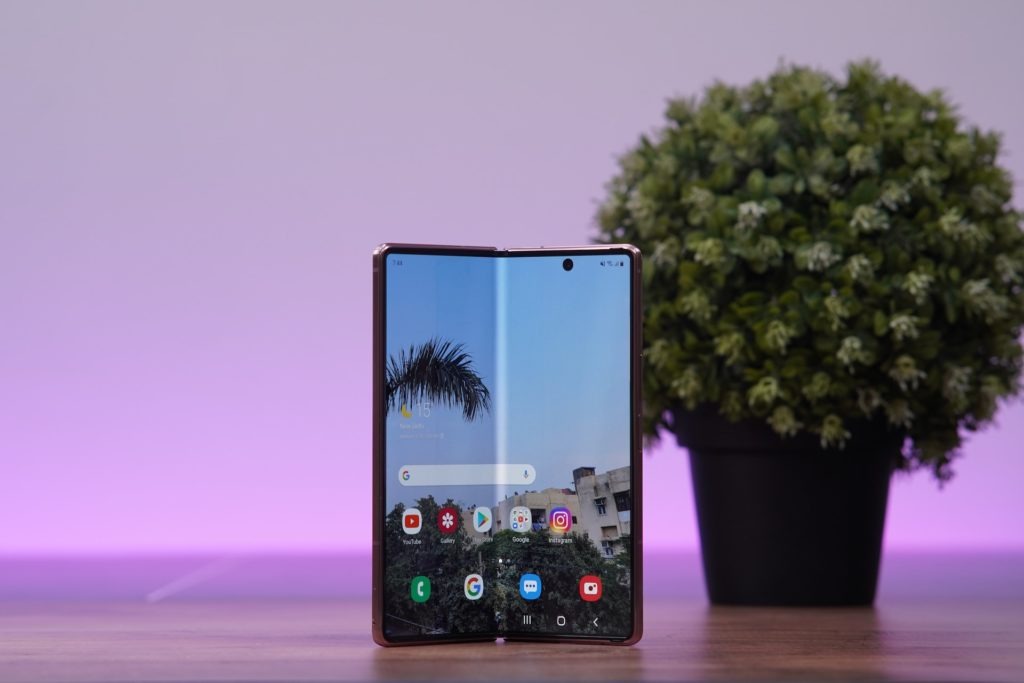In the ever-evolving world of mobile technology, the emergence of foldable phones has marked a groundbreaking shift in the way we perceive and interact with our smartphones. These innovative devices have the potential to revolutionize mobile design and user experience, offering a unique blend of portability, functionality, and style. In this article, we will delve into the world of foldable phones, exploring their evolution, benefits, challenges, and the future they hold for the mobile industry.
The Evolution of Foldable Phones
Foldable phones are not a recent development; they have a history that dates back to the early 2000s. However, the technology was not ready for mainstream adoption at the time. It wasn’t until the last few years that manufacturers overcame the technical challenges and brought foldable phones to the market.
Flexible Display Technology
The heart of a foldable phone lies in its flexible display technology. OLED (Organic Light-Emitting Diode) screens are commonly used, as they can bend without sacrificing image quality. These displays have made it possible to create devices that fold, unfold, and provide a seamless visual experience.
Advancements in Hinge Mechanisms
The hinge mechanism is another critical component of foldable phones. Manufacturers have invested heavily in designing durable hinges that can withstand thousands of folds and unfolds without wear and tear. These hinges enable smooth and reliable folding actions.
The Benefits of Foldable Phones
Enhanced Portability
One of the primary advantages of foldable phones is their portability. When folded, these devices are compact and easy to carry, making them ideal for on-the-go users who want a larger screen without sacrificing pocket space.
Multitasking and Productivity
Foldable phones offer a unique multitasking experience. Users can split the screen into two separate apps, effectively transforming their device into a mini tablet. This feature enhances productivity, allowing users to browse, chat, and work simultaneously.
Innovative User Experience
Foldable phones introduce a fresh and innovative user experience. The ability to switch between folded and unfolded modes opens up new possibilities for app developers to create unique and engaging experiences.
Challenges and Considerations
Durability
While significant progress has been made in hinge durability, foldable phones are still considered more fragile than traditional smartphones. Users must exercise care to prevent damage to the delicate folding display.
High Price Point
Foldable phones currently come at a premium price, making them inaccessible to some consumers. As the technology matures, prices are expected to become more affordable.
The Future of Foldable Phones
Mainstream Adoption
Foldable phones are poised for mainstream adoption as technology advancements continue and prices decline. These devices have the potential to become the new standard for smartphones, offering versatility and style.
Innovation in Form Factors
Manufacturers are exploring various form factors beyond the traditional book-like fold. Some are experimenting with rollable and stretchable displays, paving the way for even more unique designs in the future.
Conclusion
The emergence of foldable phones represents a significant milestone in mobile technology. These devices are reshaping the way we think about smartphones, offering a glimpse into a future where portability and functionality coexist seamlessly. As the technology matures and becomes more affordable, we can expect foldable phones to play a more prominent role in our daily lives, revolutionizing mobile design and user experience.

